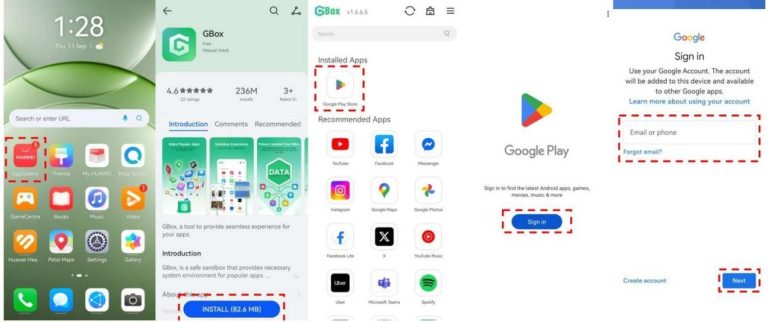
For a long time, software was made to replace people. Tools were built to help us work faster, with more efficiency, and less emotion. But now things are changing fast. The next wave of technology is being trained to work like humans. It understands how people think, plan, and create.
The goal is no longer to replace the human — but to support the human. Today’s users are searching for tools that match their natural rhythm. They want systems that help, not confuse.
There is a shift from algorithmic control toward human-centered design. This change is shaping the future of digital work and creativity.
The Issues of Algorithm Efficiency
Automation once seemed like the perfect answer. It gave us more convenience and saved time. But over time, it also brought new challenges. Many systems became too strict or too complex. They pulled people toward machine rules, not creative flow.
Algorithms now choose what we watch, who we talk to — even who we date. They are optimizing people instead of just optimizing data. This kills innovation and creates limits. Many users end up stuck in systems they don’t fully understand.
The result: more pressure, less freedom.
Algorithms care about outcomes — not experiences. They count clicks, but not connections. This is why more people are looking for technology that feels more natural and human.
The Emergence of People-Centered Technology
A new generation of tools is changing this story. These systems are designed around human behavior and goals. They understand how people plan, build, and connect. They don’t try to control — they respect personal rhythm and choice.
Right now, OnlyMonster (https://onlymonster.ai/agency) represents this new shift. It offers a CRM and downloadable browser designed for creators on fan-based platforms. It helps manage subscribers, share files, and organize creative work — all in one peaceful space.
The tool is made for the user, not the other way around. That’s the real sign of human-friendly tech. Designers are now focused on empathy and real-life behavior. The future of tools is becoming softer, smarter, and easier to use.
The Design of Tools to Think Like People
Human-like systems follow new design values. They understand context, habits, and how to make things simple. A good tool knows when to help — and when to stay quiet. It gives guidance clearly, without noise.
When tech systems begin to think more like people, creativity becomes faster. Less time is spent managing — more time is spent making.
It doesn’t feel robotic. These tools become like creative partners who understand what you’re trying to do.
This is a new design mindset that mixes technology with instinct. It helps users focus on purpose, not just process. The best software almost disappears — but it makes you stronger.
These Implications of the Future of Work and Creativity
This shift in digital tools is changing what success means. Productivity won’t just mean “doing more.” It will mean balance, peace, and satisfaction.
With the right technology, people can think deeper and create with more freedom. The future will bring tools that fit human behavior instead of fighting against it.
These tools will not stop creativity — they will improve it. They will learn from users and get smarter over time. Instead of controlling the process, they will support the goal.
Artists, workers, and creators will gain more control. They’ll build systems that match how they naturally work. This will make digital work lighter, faster, and more fulfilling.
Conclusion
Digital life is entering a new era. Human connection is replacing algorithmic control. Tools made for how people think will shape the future of innovation — and make work more meaningful.
Technology should not replace creativity. It should protect it, and expand it.
The future of digital tools lies in harmony between humans and machines. When the system fits your nature, work becomes joyful again.
Use tools that understand you. Let them simplify your process. That is how real progress begins.






